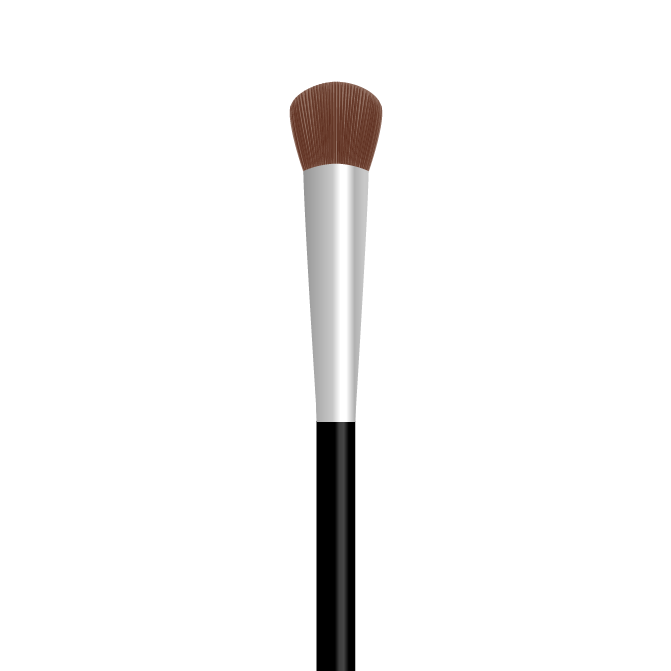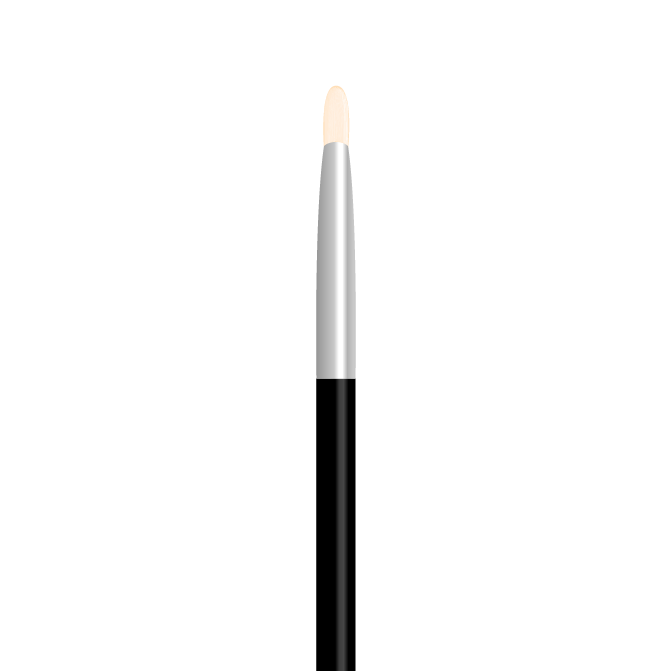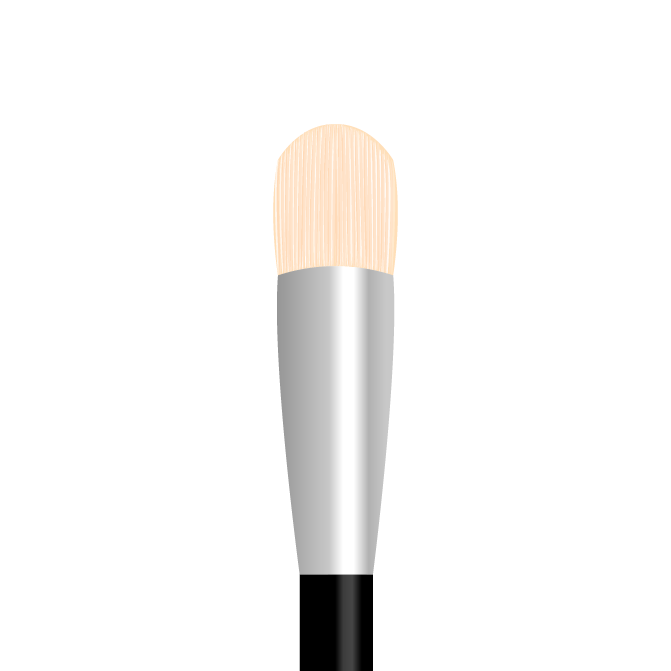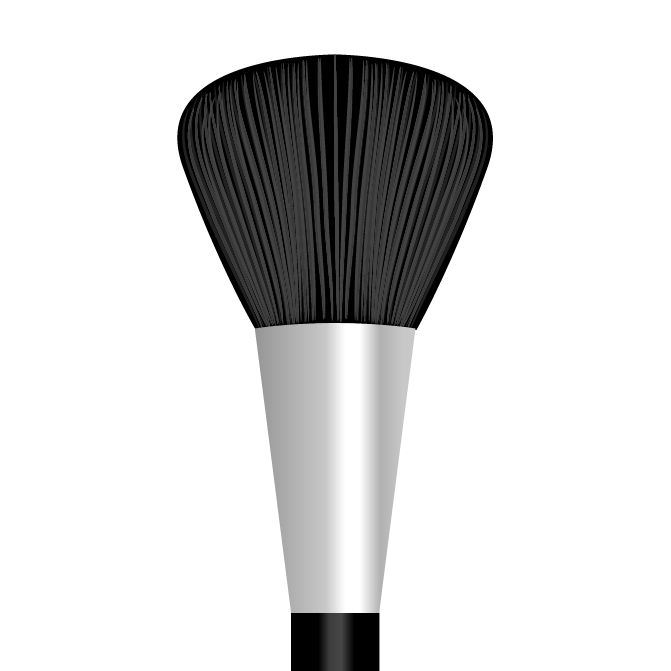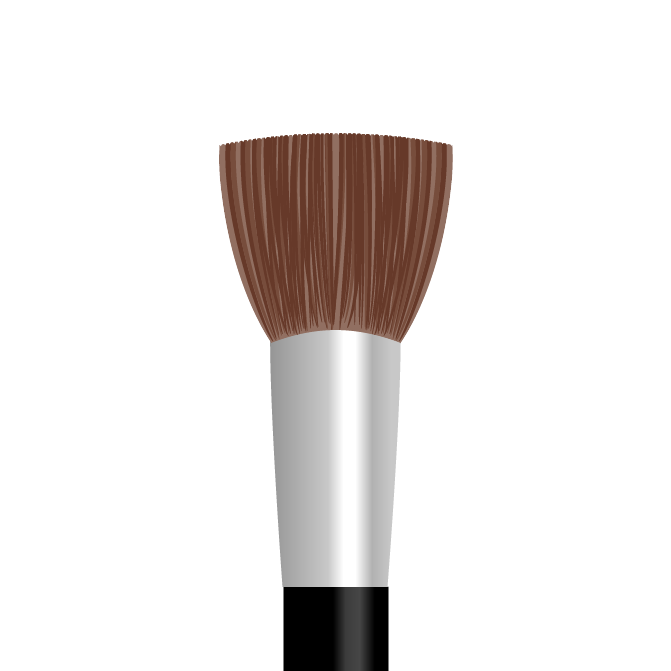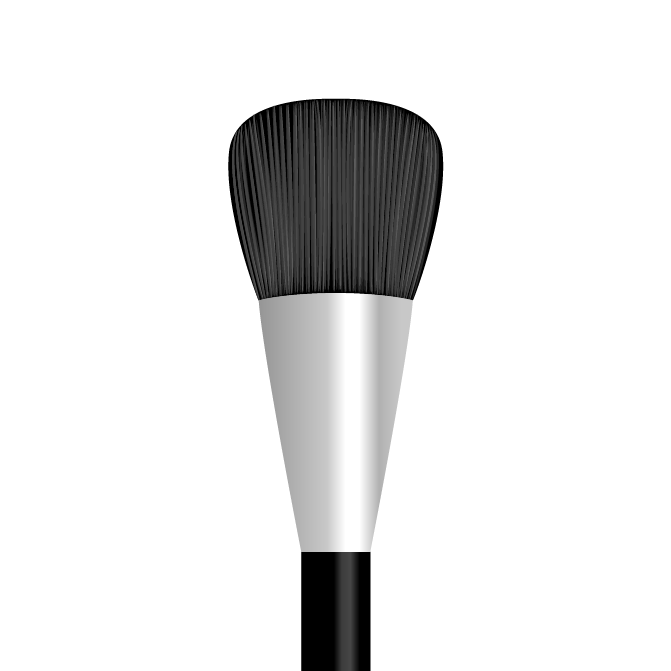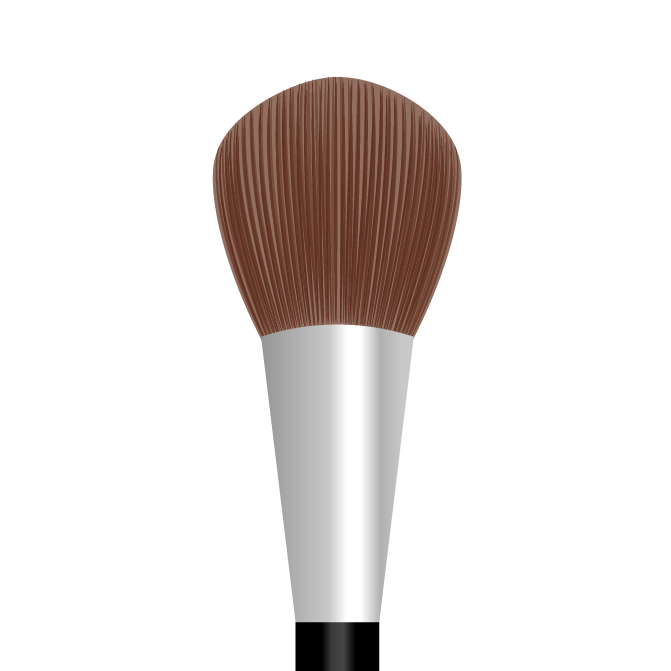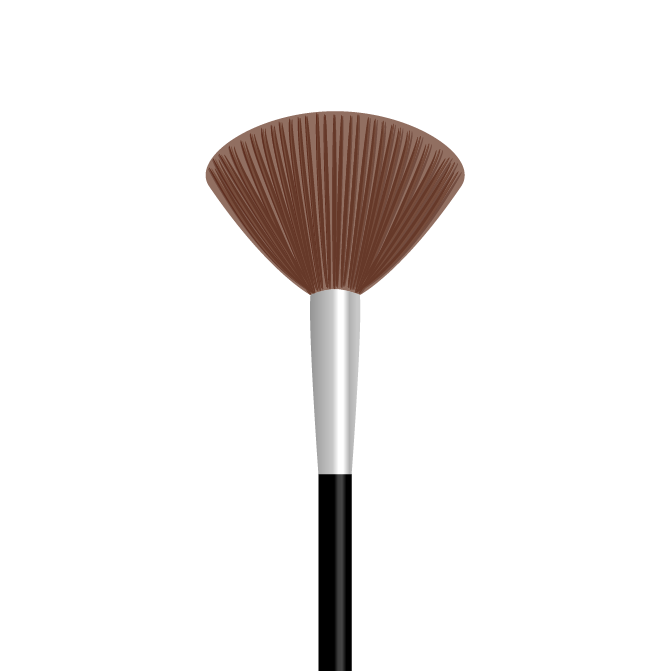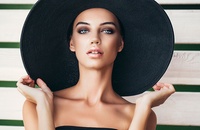GROUPON GUIDE TO SEATTLE
Our Guide to the Different Types of Makeup Brushes
BY: Editorial Staff |Feb 21, 2019
Makeup Brush Deals

Trending
IT Cosmetics Heavenly Luxe Complexion Perfection Brush #7
Sale Ends 4/27
goldstar beauty

Trish McEvoy Wet/Dry Even Skin Brush
55% discount_off
goldstar beauty

Tarte Buffer Airbrush Finish Bamboo Foundation Brush
57% discount_off
goldstar beauty

Hourglass Retractable Double-Ended Complexion Brush
67% discount_off
goldstar beauty

Luxe Makeup Cosmetic Brushes Set - Gold Handles in Ivory Case - 12 Piece
Sale Ends 4/27
Platinum Products Inc.

Tarte Cosmetics The Buffer Airbrush Finish Bamboo Foundation Brush or Set
59% discount_off
goldstar beauty

bareMinerals Beautiful Finish Brush
38% discount_off
goldstar beauty

Professional Kabuki Bamboo Handle Makeup Brush Set
86% discount_off
JayRay Industries, Inc

Chanel Les Beiges Retractable Kabuki Brush
58% discount_off
goldstar beauty

IT Cosmetics Heavenly Luxe Brush by Jamie Kern 6
60% discount_off
goldstar beauty

IT Cosmetics Brush for Ulta LOVE Beauty Fully All Over Jumbo Powder Brush #211
61% discount_off
goldstar beauty

Professional Coffee-Colored Glow Makeup Brush Set (10-Piece)
83% discount_off
Top-Rated Products

tarte airbuki bamboo powder foundation brush
53% discount_off
goldstar beauty

Charlotte Tilbury Powder & Sculpt Brush
53% discount_off
goldstar beauty

Electric Makeup Brush Cleaner and Dryer with 8 Sized Collars
83% discount_off
JayRay Industries, Inc
Makeup Deals

Phoera Foundation Makeup Full Coverage Liquid Base Brighten Long Lasting Shade
60% discount_off
Gloria

Marc Jacobs Beauty Undercover Clear Blurring Coconut Face Primer 2-Pack
62% discount_off
Beauty & More

Giorgio Armani Luminous Silk Foundation for Women 1 Fl. Oz.
13% discount_off
Vivabella

Dr. Brandt Pores No More Pore Refiner Primer
Sale Ends 4/27
Beauty Store #1

Laura Geller Double Take Baked Versatile Powder Foundation Multiples Size
$14.99
L P BEAUTE

Peter Thomas Roth Instant FIRMx No-Filter Primer, 1 oz
36% discount_off
Beauty Store #1

Clinique Smart Skin School Supplies: Wrinkle Correcting Cream Eye Cream & Serum
8% discount_off
Beauty Store #1

BareMinerals Barepro Performance Wear Liquid Foundation SPF 20(Single or 2 Pack)
Sale Ends 4/27
LuxeMarket

IT Cosmetics Your Skin But Better CC Cream SPF50 - Jumbo Size (2.54 oz)
68% discount_off
Beauty & More

LA girl Pro Prep Primer
77% discount_off
hit beauty

Phoera Translucent Loose Setting Face Powder Makeup Foundation Smooth Full Size
63% discount_off
Gloria

Laura Mercier Loose Setting Powder 1 Fl. Oz. (Translucent or Medium Deep)
22% discount_off
8 bought
Global Beauty Sales

IT Cosmetics Set: Contour Palette Bronzer, Bye Bye Pores Blush & Lip Serum
75% discount_off
HomeMart Store

NYX Long Lasting Makeup Setting Spray Matte Dewy or Radiant Finish
Sale Ends 4/27
hit beauty

6 Pack White Washcloths Set Highly Absorbent and Soft Feel Fingertip Towels
44% discount_off
Jin mei lun trading llc




